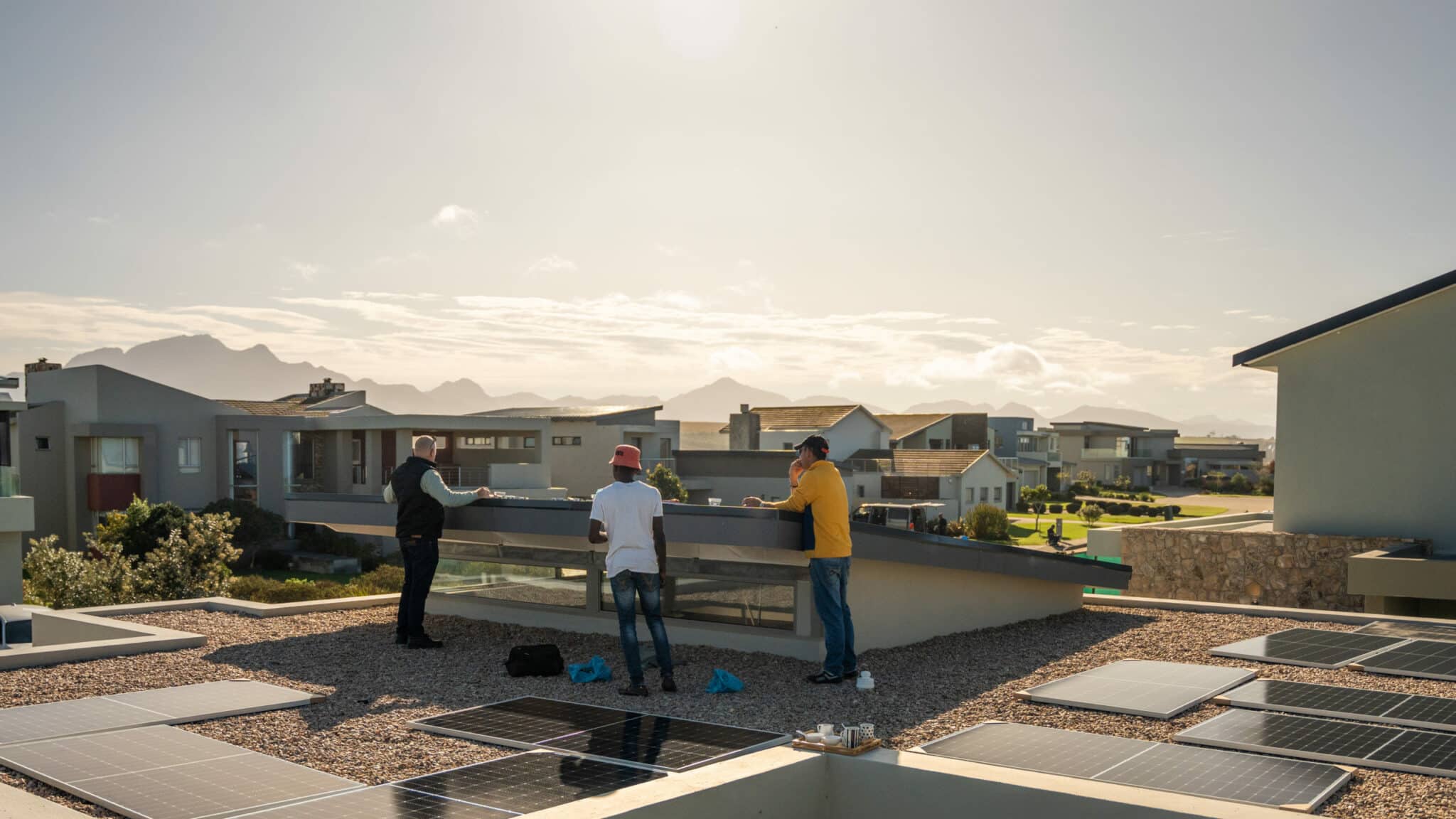Many South Africans are looking to invest in renewable energy sources to supplement the lacking and costly grid-supplied electricity.
Solar power systems have become increasingly popular because they are readily available and reliable.
Grid-tied and off-grid solar systems will assist in making your home energy independent.
In this guide, you’ll learn how to size a complete solar power kit for your home and about scaling options to make the process more affordable if you are on a budget.
This guide will be broken up into 7 sections:
- How to calculate your solar needs
- How to size a solar array
- How to size an inverter
- How to size a battery bank
- Solar power system peripherals
- Scaling Options
- Solar Power System Advice
Chapter 1
How to Calculate Your Solar Needs
You’ll need your electricity bills
Solar Power System Foundation
Understanding what your solar requirements are is the foundation on which to build your solar power kit.
It is nearly impossible to accurately determine what solar system you need without this information.
This is the most crucial step of the entire process, and I’ll explain how to calculate your usage below.
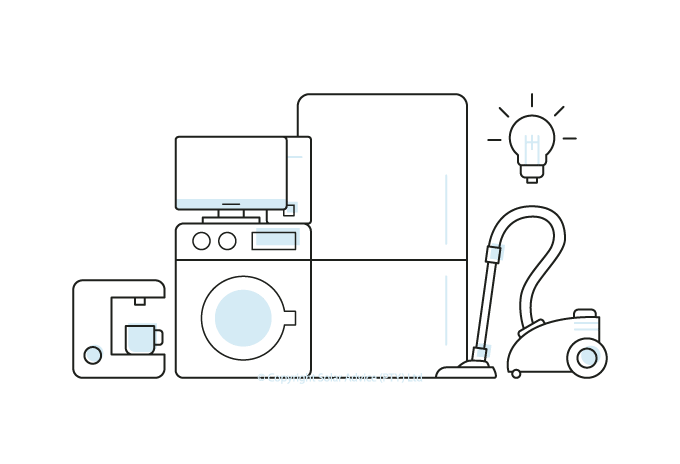
Average Daily Consumption
The goal is to determine, on average, how much electricity you use in 1 day.
Working out your average daily consumption can be done in two ways:
Highest Bill
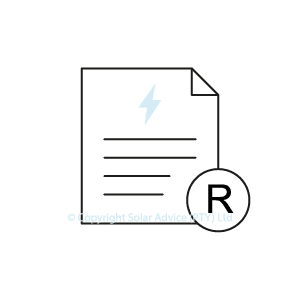
Find your highest bill over 12 months and divide the kWh consumption by the number of days in that month. This method will ensure that you are 100% covered by solar on your highest month.
Calculation
865kWh / 32 days = 27kWh per day
6/12 Month Average
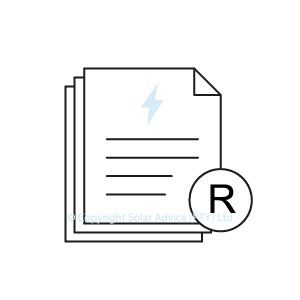
Add your consumption in kWh over 6-12 months, divide that number by the number of months you have included, and divide that number by 30 (average number of days in a month).
Calculation
9347kWh / 365 days = 26kWh per day
Chapter 2
Solar Power System: How to Size a Solar Array
Using your average daily consumption in kWh
Peak Production Hours
The average number of peak production hours in South Africa is 5.5 hours per day in winter. It differs slightly from province to province, but this is the number we use.
Calculation
To determine your array size in watts, divide your average daily consumption by the 5.5 peak production hours.
EG: 30kWh per day / 5.5 hours PP hours = 5.46kWh array
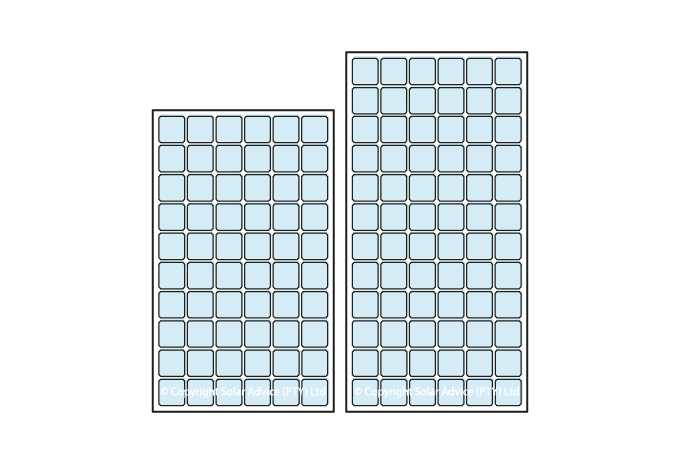
NOTE: Add 2 more panels per 9.6kWh worth of storage to charge your battery bank.
Chapter 3
Solar Power System: How to Size an Inverter
Based on your solar array size
Solar Inverter Datasheet
The best place to start is to choose an inverter that handles the array size you need.
To do this, you will need to look at the inverter’s datasheet and find the max PV input or max DC input data.
Example:

It is suitable if the inverter’s max PV input value is greater than that of your array needs.
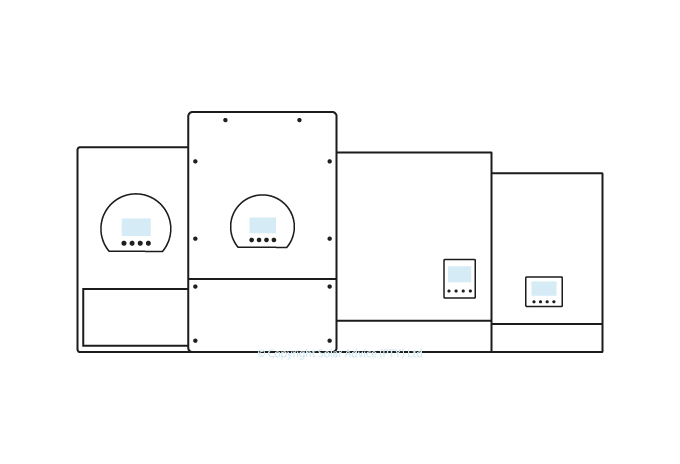
Tip: Planning for the Future
Your electricity needs may grow in the future, so it’s essential to keep that in mind when choosing a solar system.
If you find that your array size is nearing the maximum DC input of the inverter you want to buy, you may want to consider sizing up. Alternatively, some solar inverters, like the Deye hybrids, can be paralleled, meaning you can add another one to your existing system.
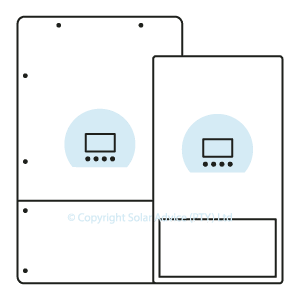
Why Hybrid Inverters are Best for Solar
In terms of seeing a return on your investment, the hybrid inverter will ensure that you use all produced solar power and use as little grid power as possible.
Using freely produced solar energy will help you pay your solar investment off faster and reduce your electricity bills.
For more information on how solar power inverters work and the different types of inverters available, read our guide here:
Solar Inverter Guide
Chapter 4
Solar Power System: How to Size a Battery Bank
Based on your nighttime usage
The easiest way to size a battery bank is to roughly estimate what percentage of your daily consumption is used at night. For instance, the average home uses around 20-30% of its daily usage at night.
Calculation
To work out the battery bank size you need, calculate the nighttime use percentage you estimated for your average daily usage.
EG: 30kWh x 0.30 = 9kWh
There is a more accurate way to work out your battery bank size, but it requires some research. You can read the guide here: How to Size a Battery Bank
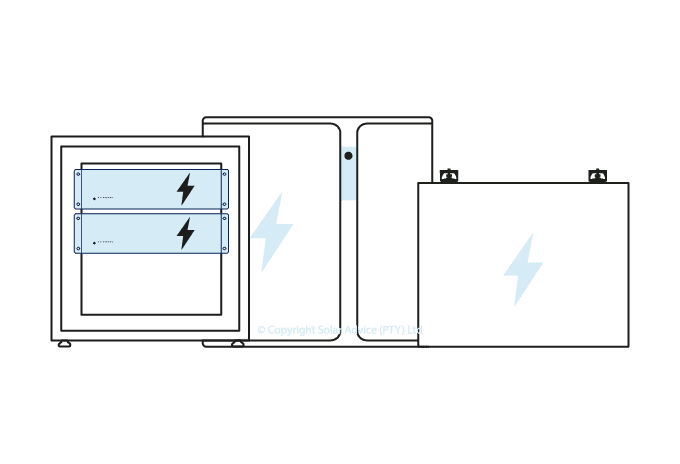
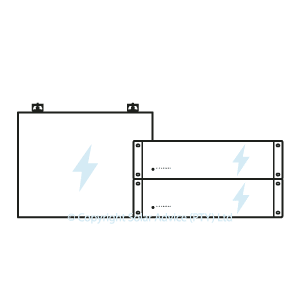
Lithium-ion Batteries
Or LiFePO4 batteries are the best solar batteries available. They have more cycles, resulting in a longer life span and a greater depth of discharge.
Lithium batteries require no maintenance and have numerous mounting options available.
To read more about lithium-ion batteries, read our guide here: Solar Battery Guide
Chapter 5
Solar Power System: Peripherals
The solar safety standard
What Your Kit Should Include
Solar power kits come with peripherals needed to ensure your installation is safe and to standard. These peripheral kits include isolator switches, surge protection, solar panel mounting, cabling etc.
The protection switches prevent many unwanted scenarios like fire, electric shock, and death and protect your system from damage. These items are a necessity and must be included in all solar power installations.
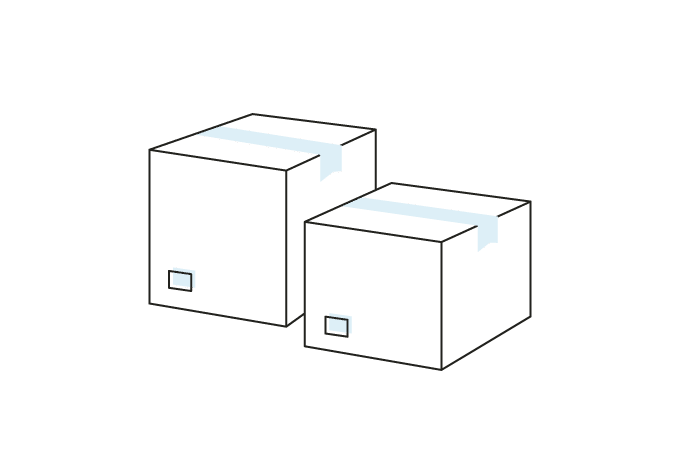
Chapter 6
Solar Power System: Scaling Options
You can start small and grow as you can
Budget Friendly Options
Solar power kits are very flexible and scalable, making them an excellent option for anyone on a budget.
All three main elements of a solar power kit are expandable. Some inverters can be paralleled, and battery banks and solar arrays can be expanded too.
The possibilities are endless when it comes to solar systems for homes.

Inverter Battery Kits
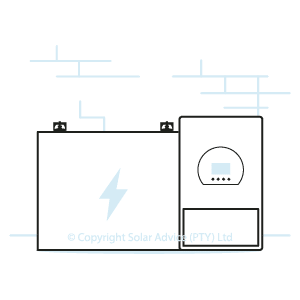
Inverter battery kits are used for load shedding and can be converted to solar later.
Load shedding inverter battery kits use grid-power to charge the battery bank for later use.
Solar Panel Inverter Kits
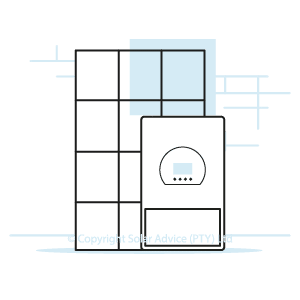
Solar panel inverter kits supplement your grid usage with solar power during the day.
Batteries can be added in the future.
Small Solar Power Systems
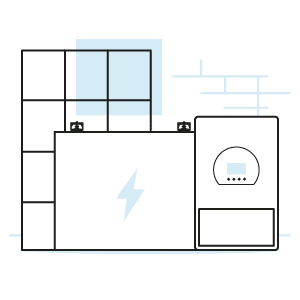
Investing in a smaller than needed size solar power kit is an option with the intent on expanding in the future.
More PV panels and batteries can be added later.
Chapter 7
Solar Power Systems: Advice
What to look out for when buying solar equipment
Research Pays Off
When selecting your solar equipment, do some research on the products that you are interested in.
Solar products are aptly priced based on functionality, reliability and safety.
Choosing popular brands with excellent reviews will drastically reduce the possibility of future system issues.
Be aware of products claiming to be something that they’re not; this often occurs and causes disappointment and frustration.
Invest Wisely
Solar power systems are an investment. Selecting equipment with better warranty periods and extra features will only improve your investment in the long run.

